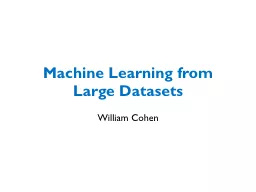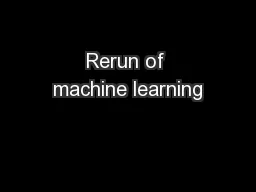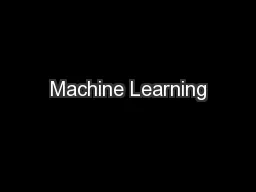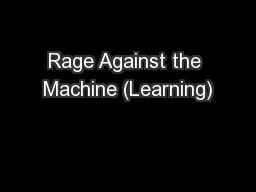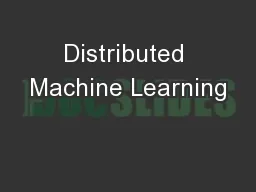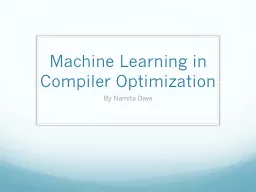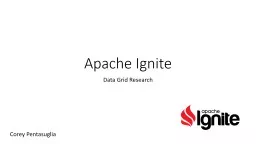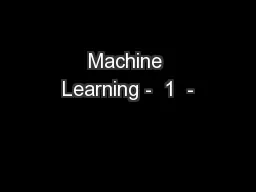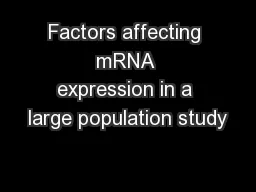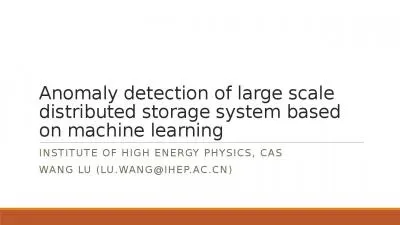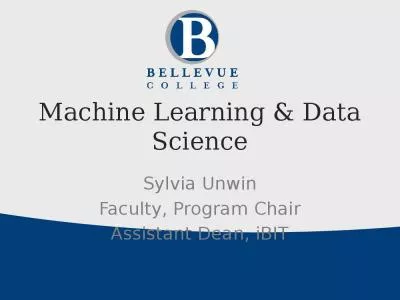PPT-Machine Learning from Large Datasets
Author : celsa-spraggs | Published Date : 2016-06-14
William Cohen Outline Intro Who Where When administrivia WhatHow Course outline amp load Resources languages and machines Java for Hadoop Small machines understand
Presentation Embed Code
Download Presentation
Download Presentation The PPT/PDF document "Machine Learning from Large Datasets" is the property of its rightful owner. Permission is granted to download and print the materials on this website for personal, non-commercial use only, and to display it on your personal computer provided you do not modify the materials and that you retain all copyright notices contained in the materials. By downloading content from our website, you accept the terms of this agreement.
Machine Learning from Large Datasets: Transcript
Download Rules Of Document
"Machine Learning from Large Datasets"The content belongs to its owner. You may download and print it for personal use, without modification, and keep all copyright notices. By downloading, you agree to these terms.
Related Documents

